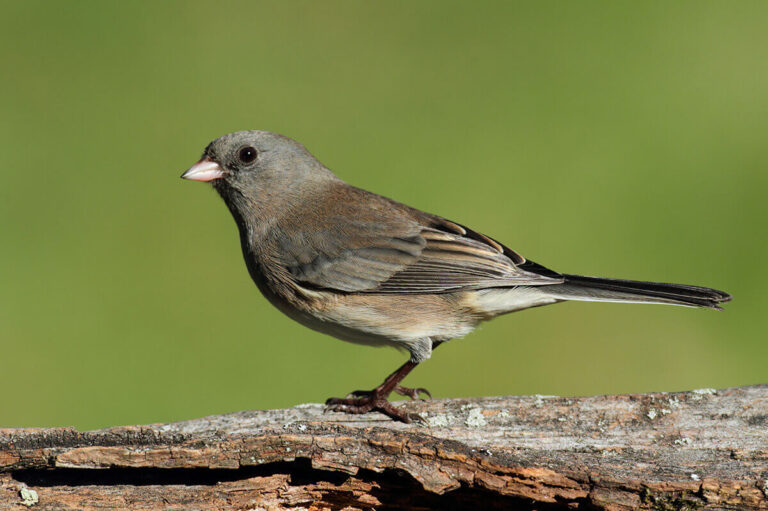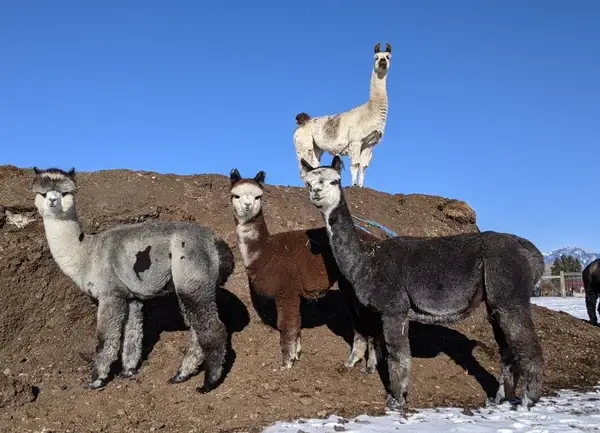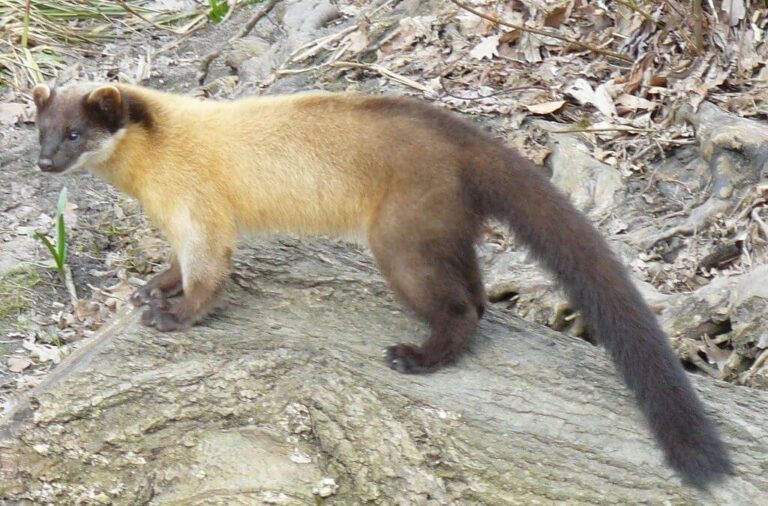Xenarthra: A Fascinating Group of Unique Mammals
Xenarthra is an order of placental mammals that includes some of the most unique creatures on Earth, such as armadillos, anteaters, and sloths. These animals have evolved fascinating traits and characteristics that allow them to thrive in various environments across the Americas.
Contents
Scientific Classification
- Kingdom: Animalia
- Phylum: Chordata
- Class: Mammalia
- Order: Xenarthra
- Suborders: Cingulata (armadillos) and Pilosa (sloths and anteaters)
The order Xenarthra is part of a group of animals known as superorder Xenarthra, which shares unique anatomical features that distinguish them from other placental mammals. The name “Xenarthra” comes from the Greek words xenos (strange) and arthron (joint), referencing the extra articulations in their vertebral joints.
Physical Characteristics

Xenarthrans have a diverse range of physical traits depending on the species:
- Armadillos are known for their distinctive bony armour-like shell that protects from predators.
- Anteaters have long, tubular snouts and specialized tongues to extract insects from nests.
- Sloths have long limbs and hooked claws, ideal for a tree-dwelling lifestyle and slow movement.
A unique trait of all Xenarthra species is the presence of extra joints (or articulations) in their vertebral columns. This feature gives them greater rigidity and structural support, particularly advantageous for digging or hanging from trees.
Size
- Armadillos range from the tiny pink fairy armadillo (about 13 cm long) to the giant armadillo, which can grow up to 1.5 meters long.
- Anteaters vary from the small silky anteater (35 cm) to the large giant anteater, reaching up to 2.1 meters long.
- Sloths are generally medium-sized, with the two-toed and three-toed species ranging between 50 and 75 cm.
Habitat
Xenarthrans inhabit various ecosystems across Central and South America and parts of North America. Their habitats include:
- Rainforests: Sloths and some species of anteaters prefer the dense canopies of tropical rainforests.
- Grasslands and savannas: Armadillos are often found in open grasslands, where they can burrow for shelter.
- Dry forests and scrublands: Some anteaters and armadillos adapt to drier environments with sparse vegetation.
While some species, like the nine-banded armadillo, have expanded into more temperate regions, most Xenarthrans are highly specialized for tropical and subtropical climates.
Behavior
Armadillos
- Digging and burrowing: Armadillos are excellent diggers and create complex burrows for shelter and protection.
- Nocturnal activity: They are mostly active at night, foraging for insects and small invertebrates.
Anteaters
- Solitary foragers: Anteaters are solitary creatures and spend most of their time searching for food.
- Tongue feeding: They have specialized tongues, up to 60 cm long, coated with sticky saliva to capture ants and termites.
Sloths
- Slow movement: Sloths are known for their slow metabolism, moving sluggishly to conserve energy.
- Hanging upside down: They spend most of their lives hanging from tree branches, feeding on leaves.
Diet
Xenarthrans have specialized diets:
- Armadillos are omnivorous, feeding on insects, small vertebrates, plants, and fruits.
- Anteaters are insectivores, relying almost exclusively on ants and termites for nutrition.
- Sloths are herbivores, consuming a diet of leaves, fruits, and flowers.
Sloths have a low metabolic rate and a multi-chambered stomach that helps digest the tough cellulose in leaves. Anteaters, on the other hand, have no teeth but powerful digestive enzymes that help break down insect exoskeletons.
Reproduction
Reproductive habits vary across Xenarthra species:
- Armadillos give birth to live young, typically having litters of identical quadruplets due to a unique reproductive process.
- Sloths have a single offspring after a gestation period between 6 and 12 months, depending on the species.
- Anteaters also give birth to one offspring, which clings to the mother’s back for up to a year.
Mating seasons and reproductive strategies are often synchronized with environmental conditions, ensuring offspring are born when resources are plentiful.
Predators
Xenarthrans face threats from various predators:
- Armadillos: Despite their armour, armadillos are preyed upon by large birds, jaguars, and pumas.
- Anteaters: While their large size offers some protection, giant anteaters can prey on jaguars and large cats.
- Sloths: Their slow movements make them vulnerable to birds of prey like harpy eagles, jaguars, and snakes.
In addition to natural predators, human activities such as habitat destruction and hunting pose significant threats to many Xenarthra species.
Conservation Status
Several Xenarthra species face declining populations due to habitat loss, hunting, and climate change. According to the IUCN Red List:
- Giant anteaters are listed as vulnerable.
- Pygmy three-toed sloths are critically endangered due to habitat fragmentation.
- Armadillos vary in conservation status, with some species, like the giant armadillo, being vulnerable.
Conservation efforts focus on habitat protection, research, and reducing human-wildlife conflicts.
Evolutionary History
The Xenarthra order has a fascinating evolutionary history dating back to the Paleogene period, around 60 million years ago. These animals evolved in isolation in South America before the formation of the Isthmus of Panama allowed them to migrate into North America. Some of their extinct relatives, such as the giant ground sloth (Megatherium) and the glyptodont, were much larger and roamed the Earth during the Ice Age.
Xenarthrans represent one of the most ancient lineages of placental mammals, and their unique adaptations highlight their long evolutionary history.
Interesting Facts
- Armadillos are the only mammals with bony armour, and the nine-banded armadillo can roll into a ball for protection.
- Sloths can rotate their heads almost 270 degrees due to their flexible neck vertebrae.
- The giant anteater’s tongue can flick in and out of its mouth up to 150 times per minute while feeding on ants and termites.
Relationship with Humans
Throughout history, humans have had mixed interactions with Xenarthrans:
- In some cultures, armadillos are often hunted for their meat, and their burrowing habits can be seen as a nuisance in agricultural areas.
- Sloths are generally admired for their gentle nature and are featured in ecotourism, particularly in Central and South America.
- Humans less commonly encounter anteaters but are occasionally affected by habitat encroachment.
In some regions, conservationists are working with local communities to protect Xenarthran species by promoting sustainable practices and educating the public about their ecological importance.
Conclusion
Xenarthra is a remarkable group of animals with a long evolutionary history, unique physical characteristics, and specialized behaviours. These animals play critical roles in their ecosystems, from the armoured armadillos to the slow-moving sloths and the insect-eating anteaters. Despite facing challenges from human activity and environmental changes, continued conservation efforts can help ensure their survival for future generations.
- Are Rottweilers Good With Kids? Reasons & Training Tips - 17 September 2025
- How Long Are Dogs Pregnant: Complete Guide - 16 September 2025
- German Shepherd Doberman Mix: Info, Pictures, Care & More - 11 September 2025







